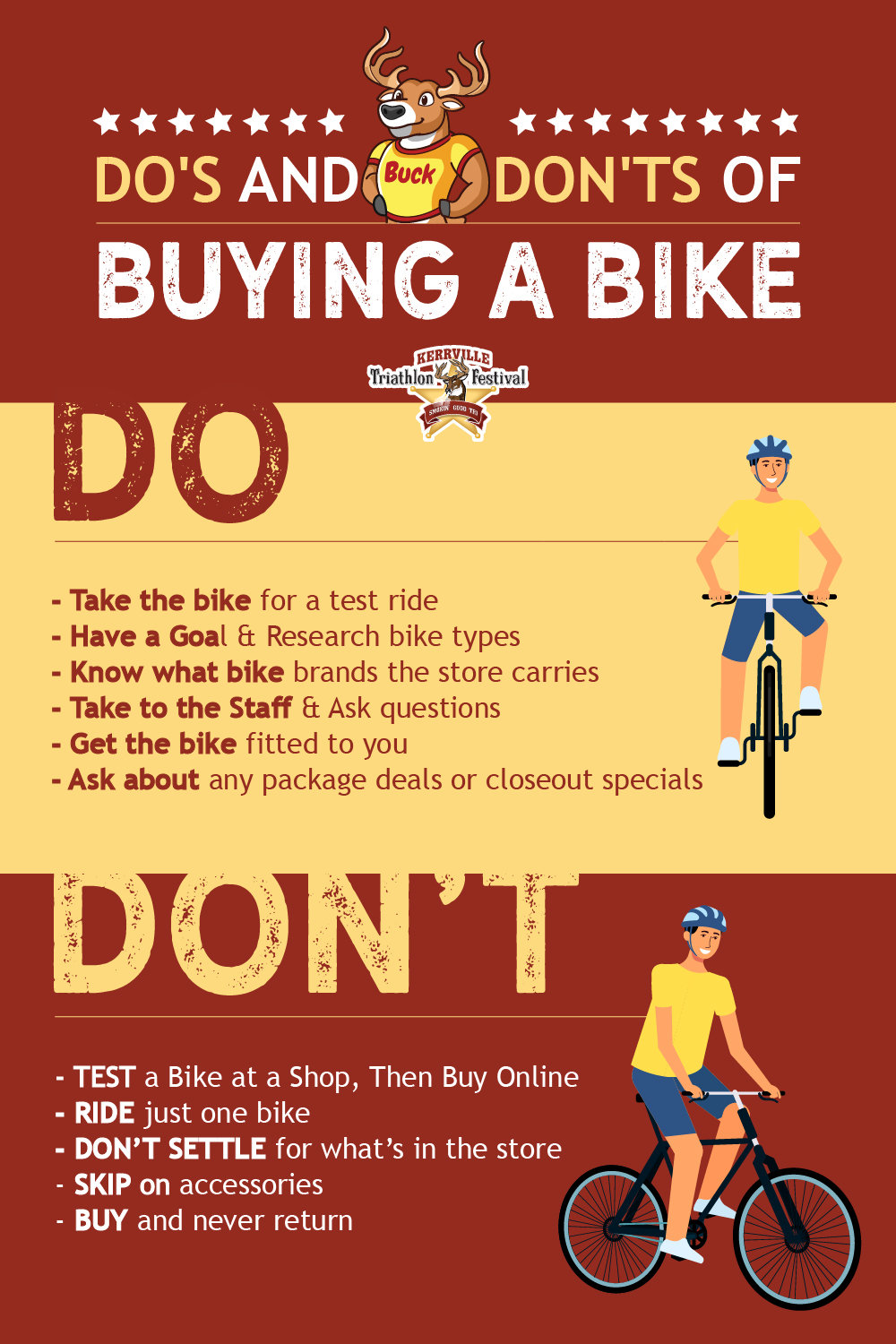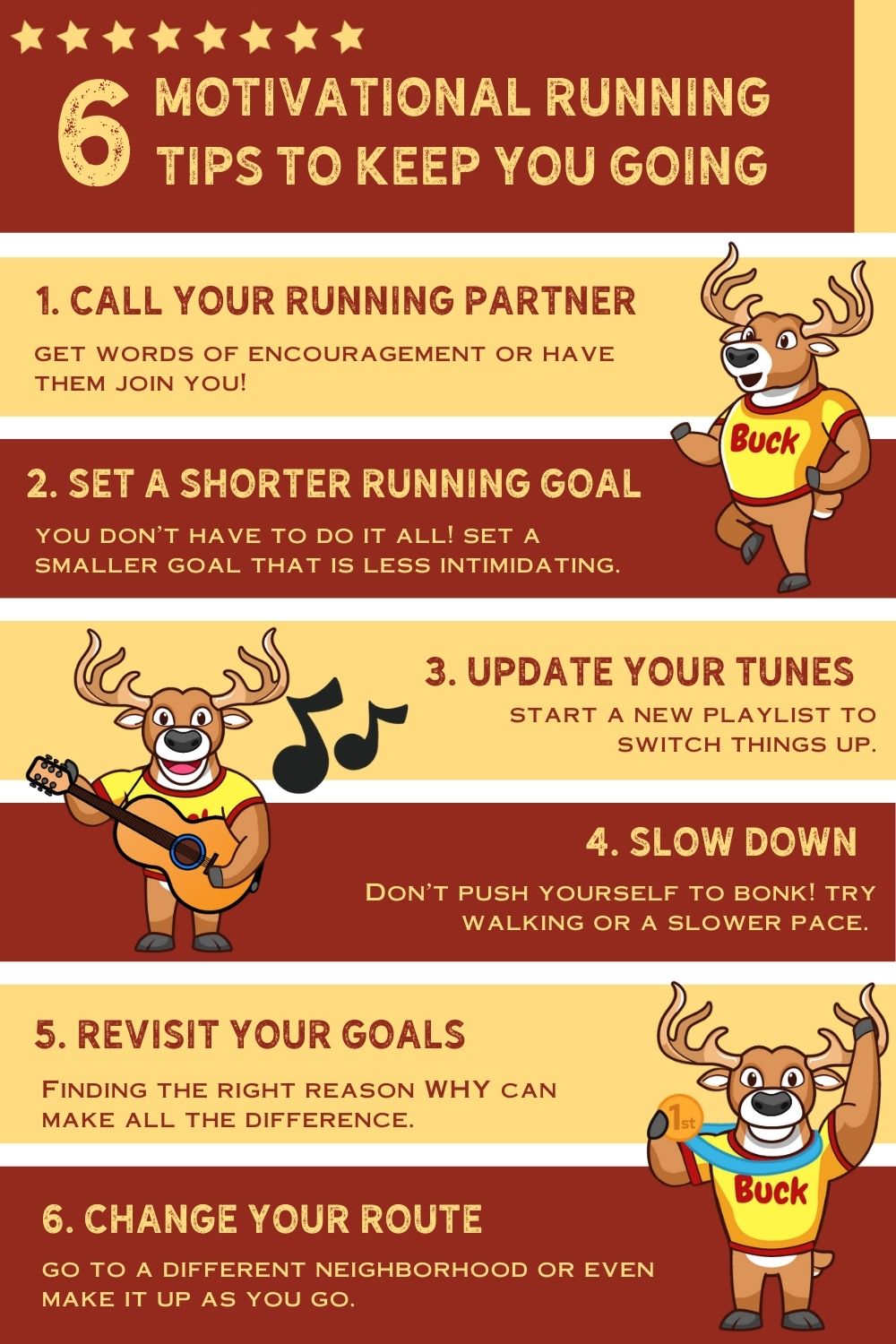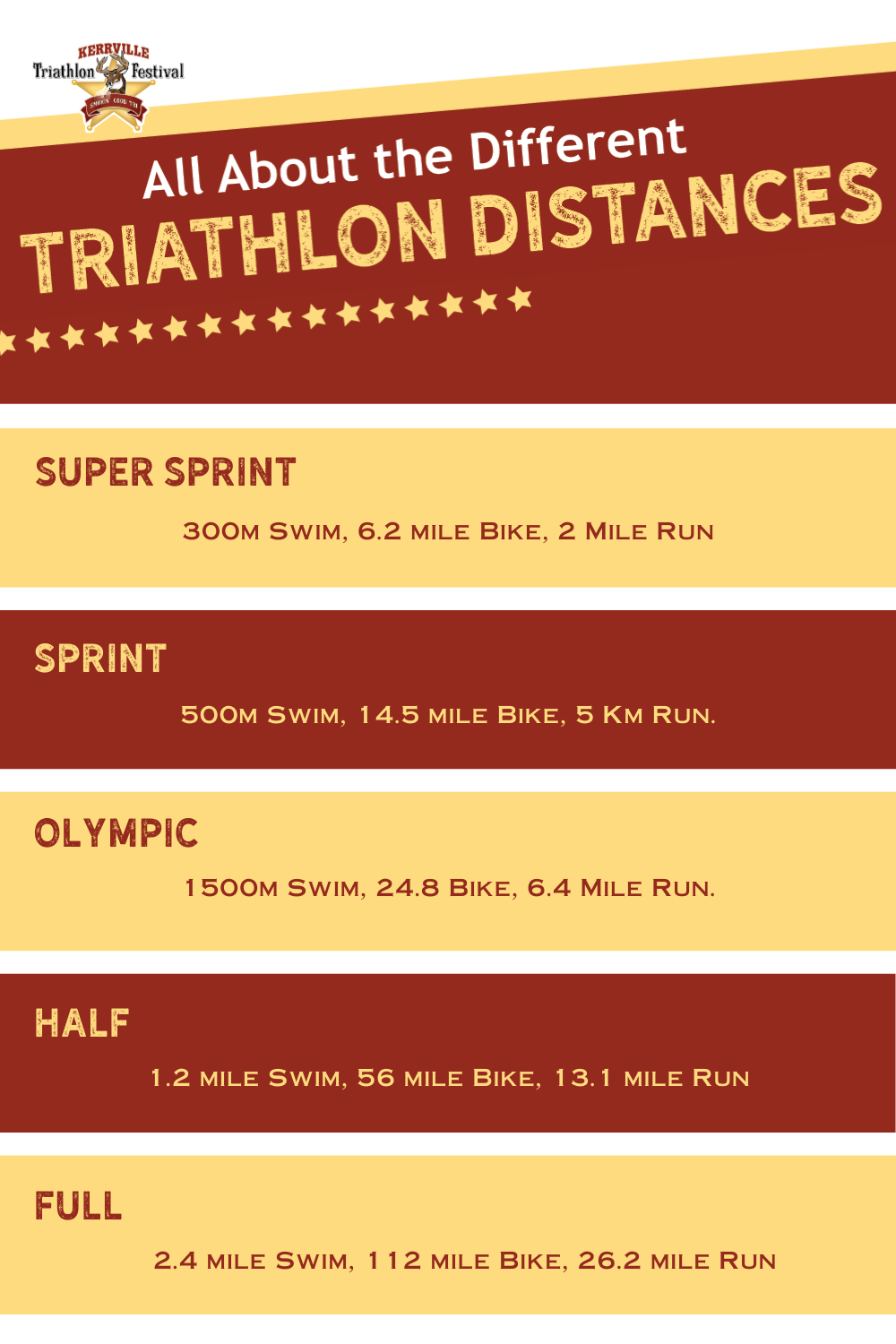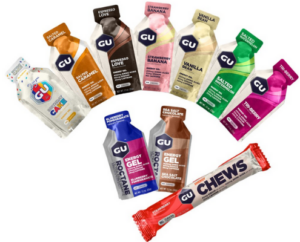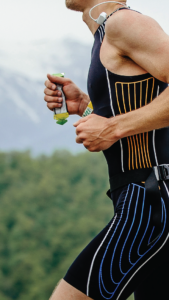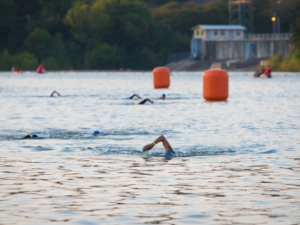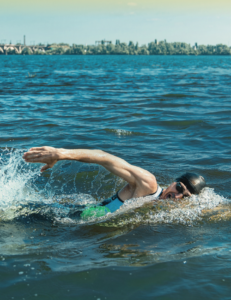You don’t want to miss these inspirational sports movies and documentaries on Netflix
Everyone can use a motivational boost every once in a while! Netflix has several sports movies and documentaries which can lift your mood any day. The list below is perfect for your next rest day. You can also click play before your next long ride on the indoor trainer. Follow this helpful guide to get set up on Zwift. You just might have your best training ride! Here is a list of our top inspirational sports movies and documentaries. Pro tip: watch one of these for an extra boost before your next brick workout.
100 Meters
100 Meters is a Spanish movie about a man who tries to compete in an Iron Man race. Despite suffering from multiple sclerosis, he defies odds by training for the triathlon race with help from his father-in-law.
Rising Phoenix
A recent documentary, Rising Phoenix captures the lives of nine athletes and their respective journeys in the Paralympic Games. This movie informs viewers’ understanding of specially gifted individuals and their athletic talents.
Lorena, Light-Footed Woman
Looking for a woman-centric sports documentary? This inspiring story is of Lorena Ramirez who gives up her pastoral existence to participate in ultramarathons by wearing sandals. It is a must-watch for all female sports enthusiasts.
Lucha: Playing the Impossible
This documentary is an inspiration for all aspiring sportswomen. The performance of Luciana Aymar, a player on the Argentinian women’s hockey team, is noticed by players, coaches, and fans across the globe. Lucha eventually puts her country’s hockey team under the international spotlight when she becomes one of only two women from Argentina to win four Olympic medals.
Bobby Robson: More Than a Manager
Featuring British coach Sir Bobby Robson, this movie depicts the manager who garnered respect for his polite demeanor in the football field. Robson is credited for building the careers of many football players like Jose Mourinho, Terry Butcher, Paul Gascoigne, and Pep Guardiola. The story shows how as a manager he led his team away from political issues and helped them attain success.
A Life of Speed: The Juan Manuel Fangio Story
A Life of Speed is the tale of Juan Manuel Fangio who rose from humble beginnings as a mechanic’s son and became a well-known racing car champion. The story gives viewers a glimpse into the risky profession of motor car racing and shows one man who defeated circumstances to win five world titles on some of the most challenging tasks.
Dangal
Dangal is a biographical story of a former wrestler Mahavir Singh Phogat who trains his two daughters to win at the Commonwealth Games. Phogat successfully leads his children to victory by overcoming gender stereotypes and other challenges. A must watch for those interested in women’s empowerment in the sports realm.
Feel like you need more of a boost? Add these 10 quotes and 6 running tips to the mix!

